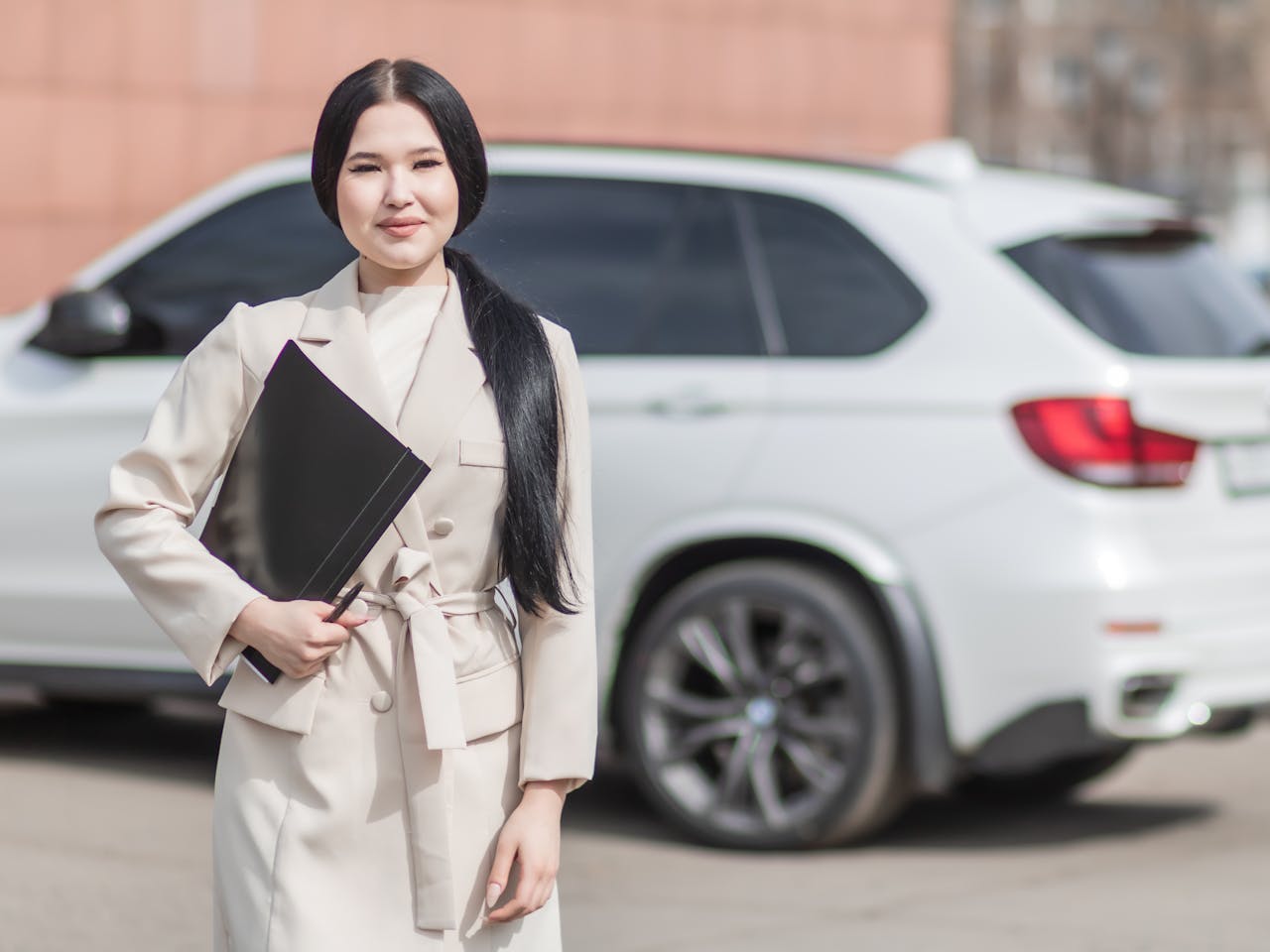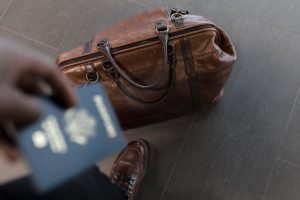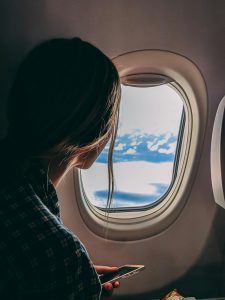How to Buy Autonomous Car Insurance?
In 2025, self-driving cars are no longer a distant concept—they are already appearing on roads across the United States, Europe, and Asia. With Tesla’s FSD, Waymo’s Robotaxi, and Amazon’s Zoox gradually entering commercial operation, one key issue is becoming increasingly urgent: how should these vehicles be insured?
This guide provides a comprehensive breakdown of how to purchase autonomous vehicle insurance in 2025. Whether you’re an individual owner or an operator of an autonomous fleet, you’ll find practical answers here.
1. Who Needs Autonomous Driving Insurance?
Not all “autonomous vehicles” are created equal. Currently, insurance needs vary significantly based on the level of autonomy and ownership model.
Individual Owners (e.g., Tesla FSD users)
If you’re using Tesla FSD or similar L3–L4 autonomous features (like Mercedes-Benz Drive Pilot), you’re still the legal driver under most jurisdictions. You still need to purchase personal auto insurance, although pricing may be impacted by ADAS data.
Robotaxi Operators (e.g., Waymo, Cruise)
Companies operating L4–L5 robotaxi fleets generally need commercial insurance, including:
- Liability insurance: For passengers and third parties.
- Cyber insurance: For hacking or system failure risks.
- Product liability: Covering potential AI or software flaws.
Developers & Fleet Managers
Software providers and fleet owners may need Errors & Omissions (E&O) coverage or shared liability protection depending on regulatory environments.
2. What Types of Coverage Are Required?
Autonomous vehicle insurance typically includes the following categories:
| Insurance Type | Applies to | Explanation |
|---|---|---|
| Personal Auto Insurance | L2–L3 users (e.g., Tesla Autopilot) | Covers traditional risks + some automation-related risk |
| Commercial Fleet Insurance | L4–L5 fleets (e.g., Waymo, Cruise) | Required for transporting passengers or goods |
| Product Liability | OEMs, AI developers | If a system error causes harm, the manufacturer may be liable |
| Cybersecurity Insurance | AV fleet operators | For data breaches, hijacking, AI system failure |
| Regulatory Compliance Insurance | Operators in EU, CA, US | To meet evolving local insurance laws |
3. How Much Does Autonomous Vehicle Insurance Cost in 2025?
Pricing remains volatile but generally falls into these ranges:
| Vehicle Type | Annual Insurance Cost (USD) | Notes |
|---|---|---|
| Tesla Model Y (FSD Beta) | $1,500 – $2,200 | Depends on ADAS score & driving history |
| Waymo One (commercial) | $5,000 – $10,000+ | Includes commercial liability & tech risk |
| Amazon Zoox AV | $6,500 – $9,500 | Includes cyber, tech, and passenger coverage |
Important: Insurers like Tesla Insurance now use real-time telematics and ADAS data to adjust premiums. A higher “Autopilot Safety Score” could lower your costs.
4. Who Is Legally Responsible in a Crash?
One of the thorniest questions in AV insurance is: Who’s at fault in an accident?
Traditional Model:
Driver = Responsible
Still applies to L2–L3 vehicles. For example, if a Tesla crashes under FSD but the driver was supposed to stay alert, the driver is liable.
Shift in 2025:
OEM or Software = Partially Responsible
More jurisdictions (e.g., California, Germany) are allowing lawsuits against autonomous tech companies. The UK’s AV Act 2025 now explicitly enables shared liability.
5. How to Actually Buy AV Insurance?
Here’s a step-by-step method to get coverage in 2025:
✅ Step 1: Determine Your AV Level
Use SAE Level classification:
- L2–L3: Still need traditional auto insurance
- L4–L5: May need fleet or commercial AV insurance
✅ Step 2: Compare Insurers That Cover AVs
Top players include:
- Tesla Insurance – Integrated with vehicle data (U.S. only)
https://www.tesla.com/insurance - State Farm AV Programs – Partnering with OEMs for dynamic pricing
https://www.statefarm.com/insurance - AXA Autonomous Mobility Insurance – Active in Europe
https://www.axa.com - Swiss Re AV Risk Pooling – Commercial fleet reinsurance
https://www.swissre.com
✅ Step 3: Prepare Data
You’ll likely need:
- Driving history
- ADAS usage score (Tesla Safety Score, Mercedes Guardian Index)
- AV system logs or maintenance reports
✅ Step 4: Understand Exclusions
Many insurers exclude the following:
- Beta software crashes (e.g., FSD Beta)
- Driver disengagements
- Poor weather sensor failures
6. Real-World Cases in 2025
- Cruise (GM) Suspension: After several AV crashes in San Francisco, Cruise had to pause operations and overhaul its insurance structure to meet California DMV risk standards.
- Waymo Lawsuit: A 2025 Arizona case ruled shared liability between Waymo and a human safety driver after a pedestrian accident.
- Tesla Insurance Score Impact: A user with a Safety Score of 98 saw premiums drop by 22% over 6 months.
7. Common Questions Answered
❓ Do I need separate insurance for FSD?
No, but it’s often included in your Tesla or personal policy with a higher premium.
❓ Can robotaxi passengers sue in a crash?
Yes. Passengers can sue the fleet operator or tech provider depending on the jurisdiction.
❓ What happens in cross-border insurance (e.g., US to EU)?
You need international fleet coverage or regulatory harmonization via insurers like Allianz.
Help Us Grow
If you found this guide helpful, please share it with fellow AV owners, developers, or insurers. Drop your comments below—we’d love to hear your thoughts or any insurance experiences you’ve had with autonomous vehicles!



